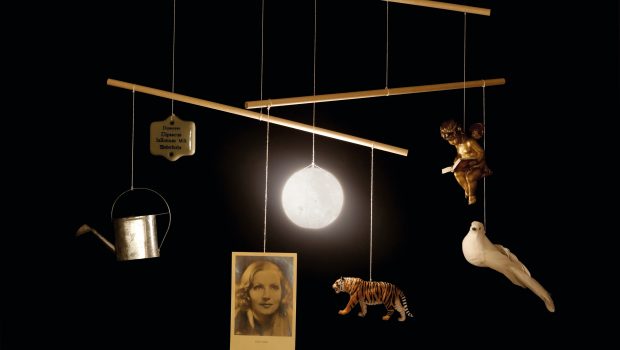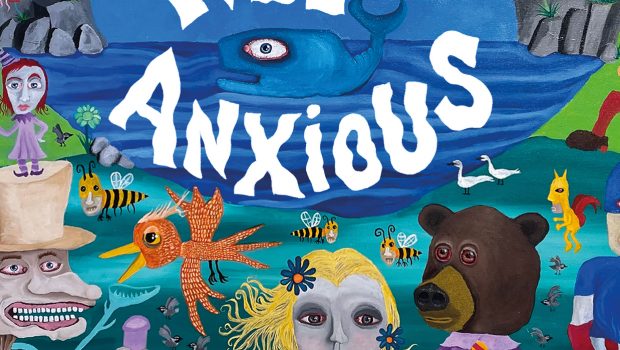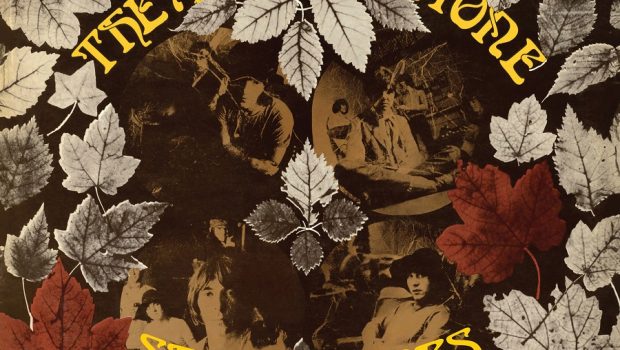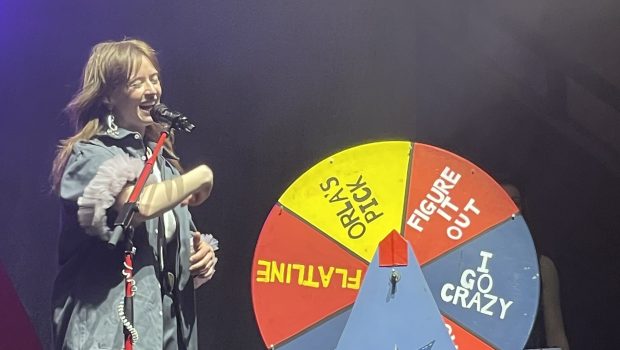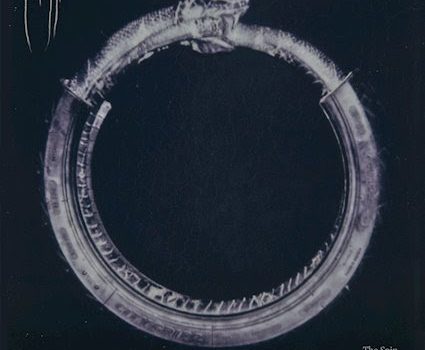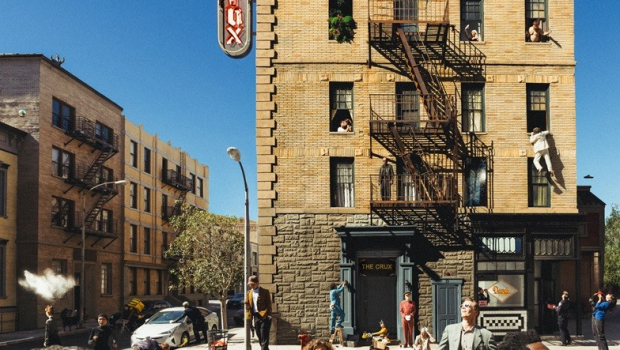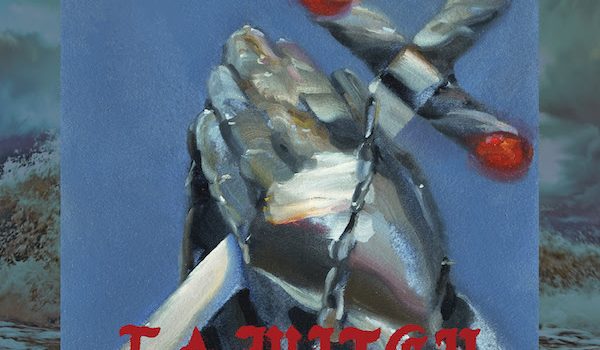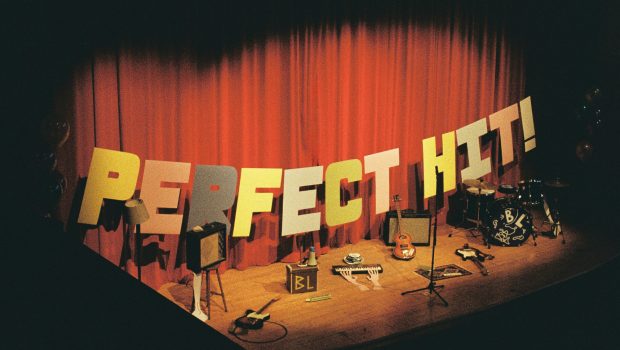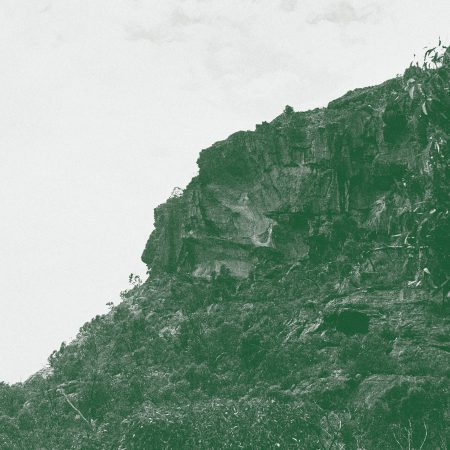 Who doesn’t like some free jazz improv? Oh, that’s right – most people.
Who doesn’t like some free jazz improv? Oh, that’s right – most people.
It’s a very-much maligned and derided form and in some cases there’s definitely a stuffy or cliquey or chin-strokey vibe that can be really off-putting, particularly in a live setting.
There’s also the valid question of “what is it for”? Is the music “art for art’s sake” – crafting something with no real direction or purpose? Is it a considered approach to try to channel the genuine emotion of a moment, to achieve representation of the intangible, where rehearsed or written parts feel stale or contrived?
At its best, the style is a melding of a blank canvas for the imagination with sufficient coherence and enough of a concept or consistency to actually guide the listener in a specific direction or paint a “broad-brush” concept; pieces that allow you to paint your own pictures, as here on Panghalina’s Lava, where the titles, the arrangements and the musical direction are well-chosen to shape our experience and hint at what the pieces are describing.
So, as much as I can tell you that Lava is the sound of people playing vaguely random, often individually ugly-sounding things on a wide variety of instruments (off-stage screechy clarinets, room mic’d unbalanced and formless percussion and wordless vocals), I could instead try to convey the sort of feelings and images that these pieces evoke for me in their entirety.
The opener Not Super brings to mind a railway yard at dawn; the calm of sunrise and birdsong mixed with the weight of metal and heavy machinery; a sense of desertion and quiet, but latent purpose and potential.
Whale Dance sounds like a warm up for a Tom Waits backing band – and fully merits its cetacean allusions; Glass Lake does have a feeling of clouded skies, grey rock and grass next to water and Backstroke brings on quite a visceral reaction when imagining myself in the cold sea, looking up at the sky, tossed by the waves… it matches much less with the busy discord of a public swimming pool, for example.
Once More is the most rhythmical and traditionally “musical-sounding” of the pieces, with a kind of shuffly 5/4 feel and nice double bass groove and Nightmare at A1 Bakery is more of a continuation on the earlier themes for me; but I love the title so much I wanted to include it just for that!
Closer Stellar Tides brings the first noticeably major-key arrangement to the album. The woodwind occasionally plays on the theme of “twinkle twinkle little star”, and demonstrates a real wide variety of technique, veering from the softness of a solo violin to heavily reverbed whale song passages and the jarring screech and honking that does much of the work that distinguishes this piece from any old lo-fi relaxation massage parlour music. The piece is an ending but pregnant with the promise of new beginnings – the night sky sandwiched between one day and the next. It feels constant but gradually and subtly builds in intensity throughout its eleven-minute length.
Of course, all of the above is just my experience at this time, and the beauty is that each listener can bring their own perceptions and experience the album in their own individual way.
As a whole, Lava is quiet and brooding, yet light. It’s slow and spacious rather than busy or muddled. It feels unified rather than jarring or messy. I think it’s a great example of the art of improv, and very far from the drawbacks and limitations that many people expect of the form.
Panghalina: Lava – Out 2nd February 2024 (Room 40)


